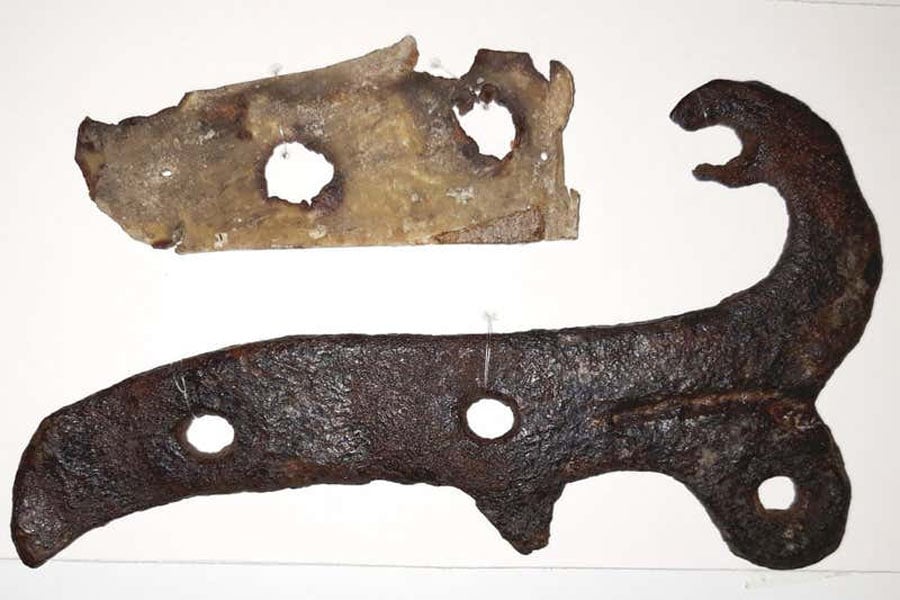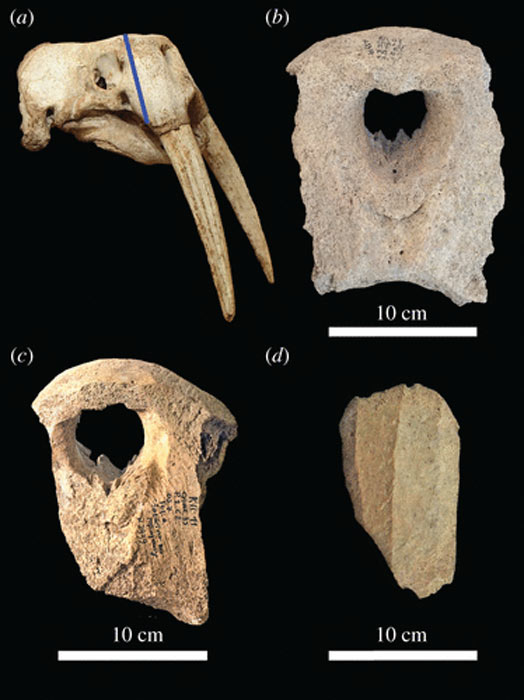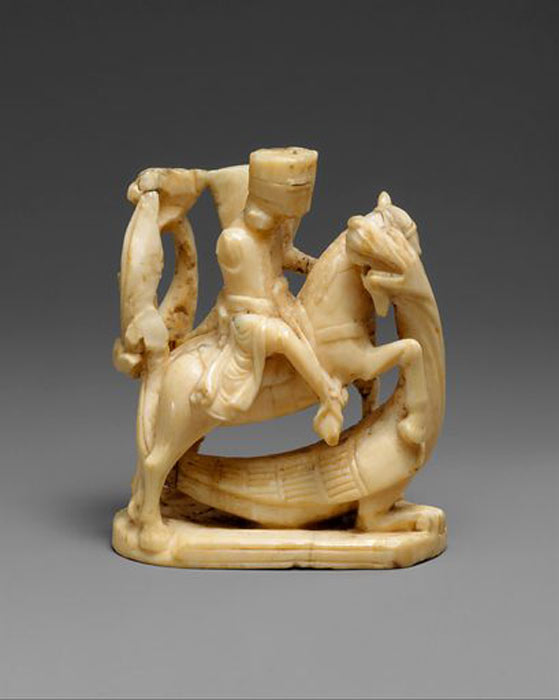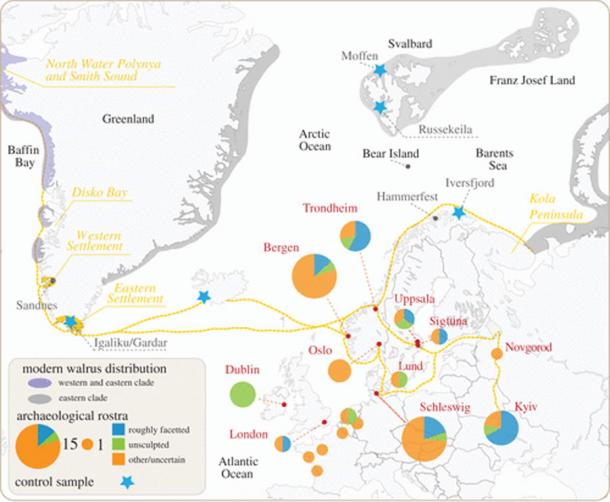Kurt A. Petermeyer
Florida Today
Thu, April 28, 2022
On Workers’ Memorial Day, remember Florida workers who lost their lives on the job
In June 2021, Abelino Rivera-Olvera and Daniel Leon-Tomas headed to work like they did many times before. The two carpenters were installing siding on a residential building when a makeshift scaffold on which they stood detached from the building, causing them to fall about 25 feet.
The 49-year-old Rivera-Olvera died on site, Leon-Tomas suffered severe injuries and was taken to a hospital. An investigation later found that, had their Bradenton employer ensured required safety precautions were in place, Olvera and Leon-Tomas would have returned home at the end of their workday.
Each year, thousands of workers of all ages die needlessly — leaving families, friends and communities to grieve — when required safety and health standards are ignored. In 2020, about 5,000 workers died in the U.S. in work-related deaths, including many who fell victim to workplace exposure to COVID-19. Tens of thousands more die of work-related diseases.
On average, 13 workers die each day in the U.S. In Florida alone, 275 workers lost their lives in 2020.

The USDA and OSHA should have collaborated to ensure workers were safe from COVID-19 by leveraging USDA's employees in plants to provide better oversight of the industry, the DOL's Office of Inspector General concluded in a new report.
The wounds suffered by those left behind are deepened by the reality that most, if not all, of these workplace deaths were avoidable — if only employers had established and ensured that appropriate safety precautions were followed.
Each year, on April 28 on Workers Memorial Day, the U.S. Department of Labor’s Occupational Safety and Health Administration and workplace safety advocates across the nation remember those whose lives ended because of the work they did.
This day allows us to mourn the loss of these workers and how their absence affects those who shared their lives. They were our family members, our friends, our co-workers and our neighbors. We are diminished by their deaths.
Workers Memorial Day reminds us that, like life, workplace safety and health must never be taken for granted. These tragedies and the causes should inspire us all to demand that workplace safety is a fundamental right and must never be an afterthought.
We must strive to ensure safety and health standards are in place and that they are understood and followed by employers and workers alike. Workers have the right to safe and healthful workplaces, and employers have the legal obligation to ensure that they provide them.
OSHA professionals work every day to assist employers across the nation in their efforts to provide a safe and healthful workplace. Our compliance assistance outreach helps businesses employing more than 1.3 million U.S. workers nationwide to prevent workplace injuries and illnesses. Through strategic alliances with large employers, trade associations, organized labor and our Voluntary Protection Programs, we help to empower businesses to employ customized safety and health approaches and make meaningful and substantial improvements.
As of March 22, 2022, there were 55 Voluntary Protection Program participants in Florida. Injury and illness data collected at VPP sites shows that — on average — injury and illness rates at these locations are about 50 percent or lower than the national averages for their industries.
At the national level, OSHA maintains federal standards for workplace safety, including specific regulations based upon common industry risks and workplace hazards. In response to the pandemic, the agency implemented temporary standards to protect the most vulnerable workers and worked with specific industries to combat the spread of the virus.
Currently, OSHA is developing an infectious disease standard that will protect workers from airborne infectious diseases, as well other viruses that exist today and those we may face.
Workers are the backbone of our national economy. In the last two years, we learned how America’s society and culture depend on people who go to work and how we should never take for granted those willing to work at difficult and, sometimes dangerous, jobs. We at OSHA know we must do more to ensure we help protect every worker and listen to their concerns for safety, regardless of skin color, language spoken, citizenship status, gender or age.
We must do more to compel our nation’s employers to commit themselves to protect their workers’ safety and health, no matter the cost. And we must hold those employers who choose profit over people’s safety accountable for their inactions to the fullest extent the law allows.
As we mark another Workers Memorial Day, remember that no worker should ever have to risk their life in exchange for their paycheck. Also remember that each of us has a role to play in making the workplace safe. We owe Daniel Leon-Tomas and Abelino Rivera-Olvera, and the tens of thousands of others we honor today, at least that much.
Kurt A. Petermeyer is the Regional Administrator for the Southeast Region of the U.S. Department of Labor’s Occupational Safety and Health Administration. He has been supporting the advancement of worker safety and health and worker rights in OSHA since 1996.
Support local journalism and become a subscriber. VIsit floridatoday.com/subscribe
This article originally appeared on Florida Today: nother Memorial Day in honor of workers who lost their lives on the job










